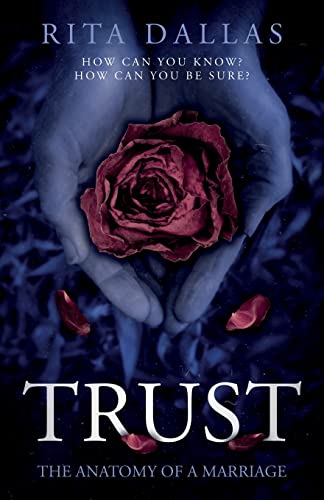Trust: The Anatomy of a Marriage
Bedfordshire, 1649: This portrait of a marriage is based on the true story of Dorothy Osborne, wife of Sir William Temple, employer of a young Jonathan Swift, diplomat to Brussels and the Hague for Charles II, writer and ultimately gardener. Rather than give William’s notable career centre stage, Dallas has chosen to narrate her novel from two female viewpoints, Dorothy’s and that of her companion Jane Wright. What she achieves is an immersive view of the life of one family at a tumultuous time. There is an intimacy in this approach that recalls paintings of 17th-century Dutch interiors. Partly epistolary (a reflection of Dorothy and William’s long courtship, and their surviving correspondence), the narrative tells of marriages, miscarriages, births, loss, and an outspoken and interfering sister-in-law. Violence visited on Jane is all the more shocking because of the quiet, domestic setting.
There is a richness of detail in this world in which natural calamities are seen as divinely sent: the choice of red cloth to wrap a smallpox patient to sweat out the disease, the refurbishing of a chapel with coloured glass despite Cromwellian edicts, and the struggle to find a London church willing to give a marriage blessing. The horrors of the time are not swerved from; entire families of plague victims were locked in their houses, dependent on neighbours to pass them food. The Temples’ circle includes Dorothy Smythe, Countess of Sunderland, Henry Bennet, Lord Arlington and his scarred nose, and of course the man who became William III, for Temple brokered his marriage to Mary, but essentially this is the portrait of a long marriage with its doubts, regrets, fears, and betrayals. It is the life of a household – though an extraordinary one.










